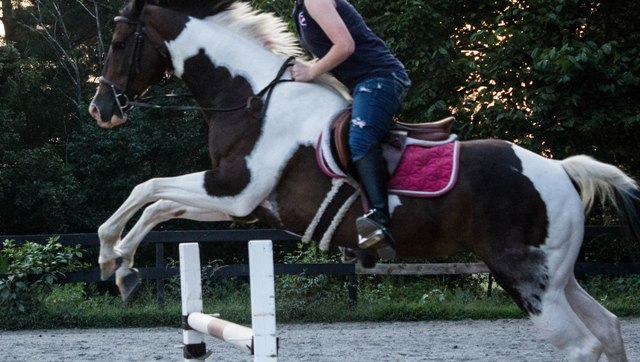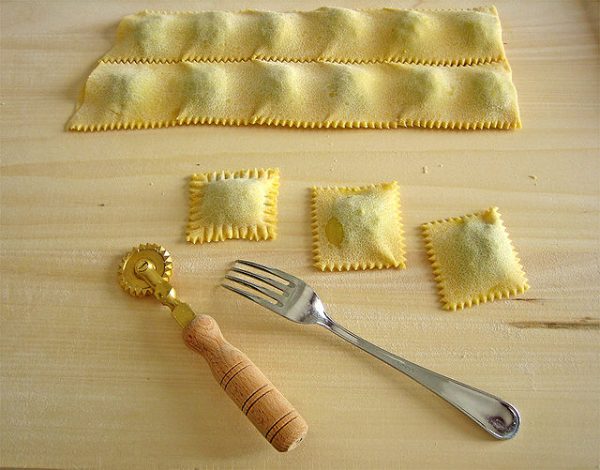Rider Reality
Mila (horse) flies over a 2’6 vertical.
It’s the beginning of the year and we are all handed one of the ever-so-predictable “All About You!” sheets with the little cartoon in the top left corner and a line for our names on the right, as if we forgot where over the summer where we are supposed to label our papers. Mindlessly, I shoot down the lines, filling in the vague questions. And then there’s the dreaded “Do you play a sport?” line. It is the line that decides your fate-jock or not. I answer as I do always, and then as we are instructed to swap papers to our right, I hesitantly slide my paper to the football star, all high and mighty in his athleticism. He scans my paper and then stops, giving me the look I was waiting for and says, “Horseback riding is not a sport.”
Oh, ok. Sorry. I didn’t know I work my butt off every night and even sometimes in the morning before school for a ‘hobby’. Just let me know when you go to the barn for hours each day to clean a stall, break ice out of water buckets with numb hands, struggle to put a fifteen-pound blanket on a horse who is trying to connect his hoof with your face- then do it twenty-six more times, and if you’re lucky, catch a ride after. Just let me know when you can get a 1500 pound beast to perform a forehand-crossover tracking left using purely leg assists, nail the striding and pull of the perfect two-point from a rising half-seat over a three-foot jump , or continuously lift yourself to the two-step beat of a trot using only your calves and thighs for an hour and a half lesson after your trainer removes the stirrups from your saddle. Because I’m sure it would be entertaining.
Oh, ok. Sorry, I didn’t know you were unaware of the conditioning required in any horse-sport. Take racing for example: Jockeys start from years in the single digits, watching their weight and working out until they’re old enough to race thoroughbreds, where they will continue watching their weight and working out until they retire. Competing as an equestrian demands stunning athletic ability, and studies rate jockeys as the number one physically-fit sport competitors, topping even football players, swimmers, and track runners. Not only are the majority of horse-sports part of the Olympics, but we have the World Equestrian Games dedicated to our hard work and strive for competition.
Oh, ok. Sorry, I didn’t know you woke up at 3:30 in the morning nearly every weekend of your winter, shoving some breakfast bar down your throat as you drive to the barn to feed, blanket and put leg wraps on each show horse before loading them on a trailer and driving for two hours to some fancy show facility. There you will ride with your Interscholastic Equestrian Association (IEA) team, and get two minutes to warm up a horse you’ve never ridden in your life from a barn you’ve never heard of before being thrown in the show ring to fulfill the expectations of a Varsity Intermediate jump course and compete for a good place for your team. In IEA, those are the rules, and the pressure is nerve racking. There are no timeouts, no half-times, no benches, and no coaching in between- just you, the horse and the blue ribbon.
Tell me that horseback riding is not a sport. Tell me I’ve put eight years of my life into an ‘activity’. Tell me, “Anyone can ride a horse!” Do it, I dare you.

Natalie Wilson is a senior at North Forsyth High School and a fourth-year journalism student. Though she is eager to depart on her own life adventure,...












